
Although small in size, the materials used in the Atom mini are far from being careless. As a product from Audirect, Atom mini utilizes the ES9280AC PRO, which shares its origins with the ES9281AC PRO. The main difference between the two lies in the fact that the ES9280AC PRO has forsaken support for MQA, a feature that has become less popular with the rise of Apple Music. Because of this trend, ESS introduced the ES9280AC PRO, which eliminates MQA hardware decoding. As I've mentioned in previous reviews, while the ES9281AC PRO/ES9280AC PRO may not match up to desktop DAC chips like the ES9038PRO, they can be considered "flagship-level" when integrated into small tail products. Particularly for the Atom mini, the ES9280AC PRO's integrated USB control module allows it to achieve digital audio decoding capabilities up to 32-bit/768kHz and DSD512—a feat not found in other linear mini tail products due to its compact size.
The Atom mini's small form factor doesn't limit its HiFi prowess. Besides leaning slightly towards pop music in its tuning and a touch of increased bass volume sensitivity, its overall sound quality noticeably surpasses direct smartphone output. Its rich mid-range captures vocals exceptionally well, creating a well-rounded musical atmosphere. Compared to Audirect Beam series, the Atom mini places more emphasis on vocals, offering clearer and more comfortable singer performances.
Although the Atom mini doesn't boast a robust output, it adequately powers a wide range of wired in-ear headphones, whether they are multi-driver balanced armature or dynamic driver. However, the extensions at both ends of its frequency range are not exceptional. The official tuning intentionally converges the high and low frequencies, making the device adaptable even to lower-quality online streaming sources. Additionally, the Atom mini is relatively versatile, capable of handling various music genres, except perhaps large ensemble instrumental music—for which the Beam 3Pro might be a better choice. Thanks to the Atom mini's hearty and warm mid-range, even when paired with in-ear monitors like the NFaudio NM2+, the sound remains pleasingly comfortable without appearing overly dry or cold. It's a great fit for casual listening. Additionally, the Atom mini's affordable price, accompanied by its ability to support high-quality 32-bit/768kHz and DSD512 audio decoding, sets it apart from other tail cables. Comparing it to an Apple Lightning to 3.5mm cable, the latter may sound colder and thinner, with decent resolution and portability, while the Atom mini shines much brighter from a music appreciation perspective.Apart from digital audio decoding support, the Atom mini also functions for voice calls when paired with 4-pole CTIA standard 3.5mm headphones with a microphone. This allows for normal calling and recording capabilities. However, microphone is only available in the Type-C version of Atom mini because the Lightning version is restricted by Apple's MFi protocol, preventing simultaneous support for high-definition audio decoding and voice calling. It's essential to note this distinction!
--------------- Click here for detailed post (originally in Chinese) ---------------


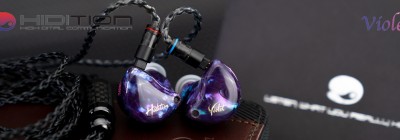
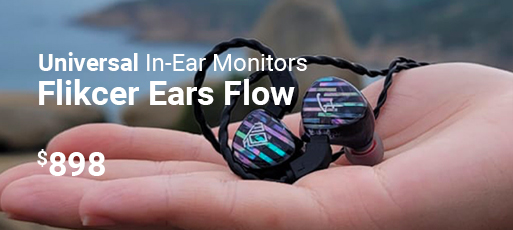
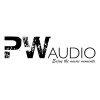

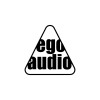
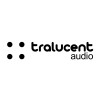

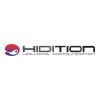
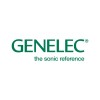
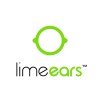
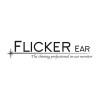
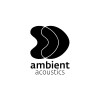
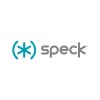

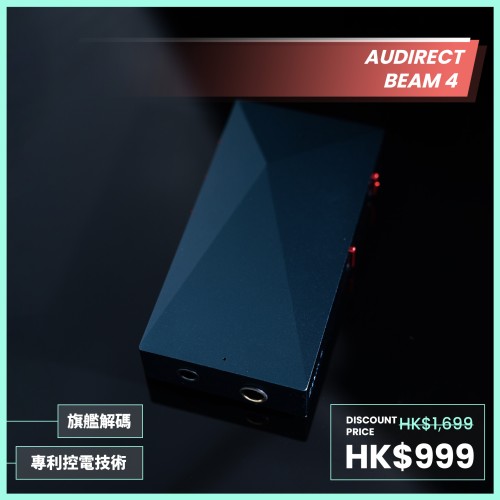
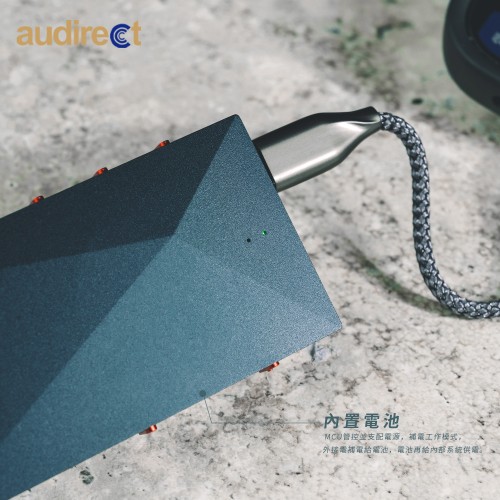
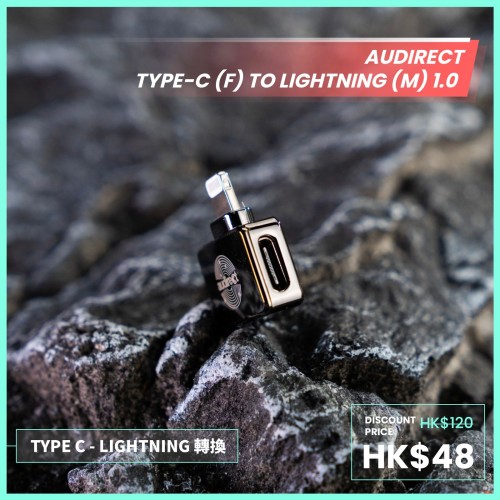
-500x500w.jpeg)
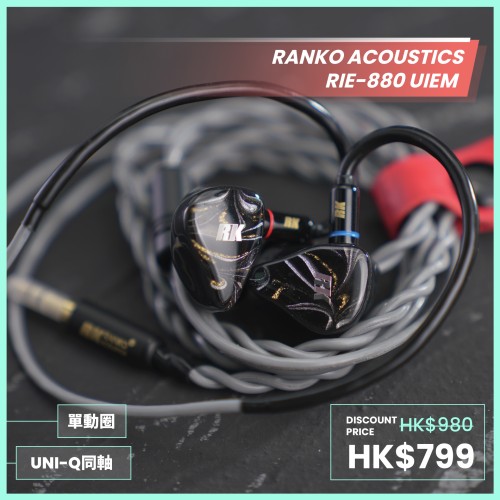



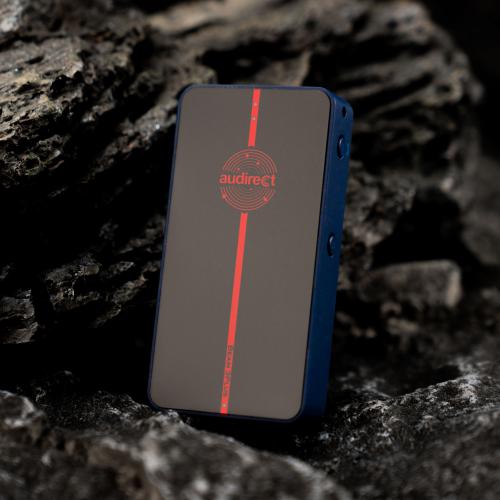
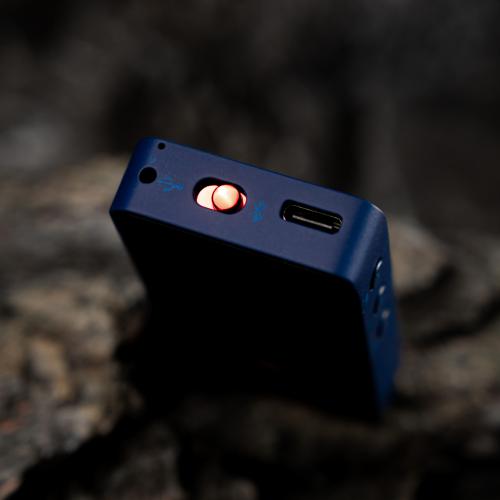
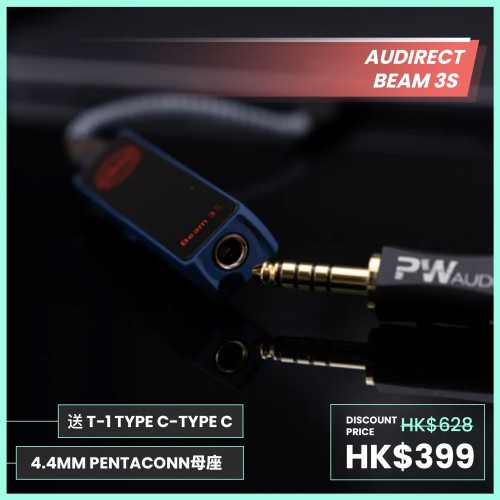
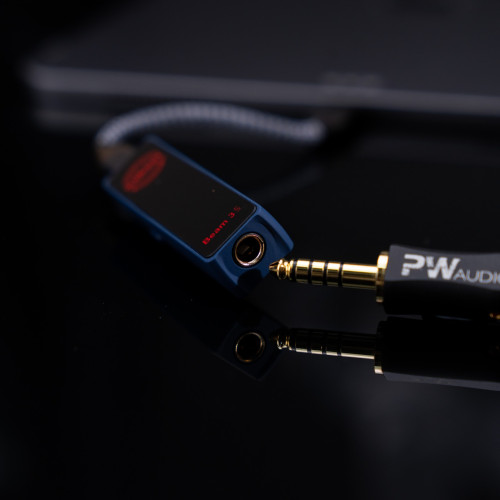
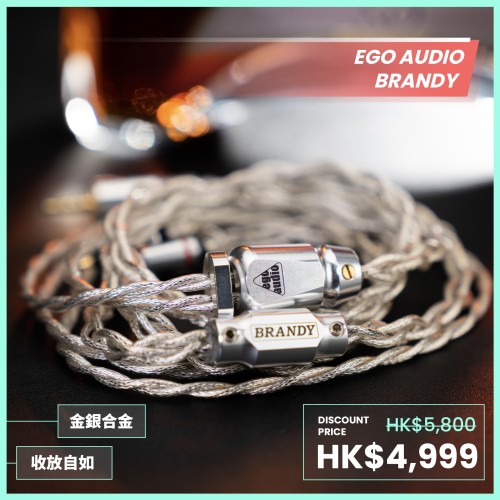

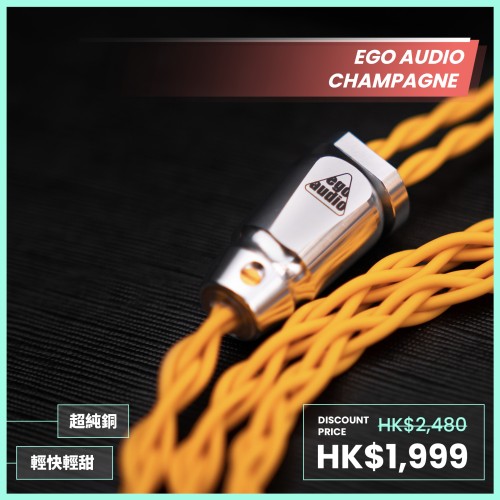

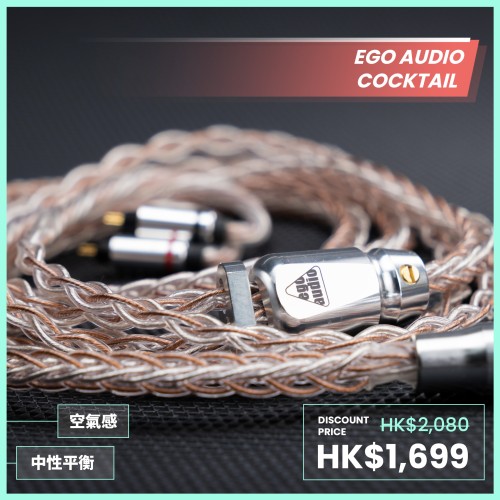

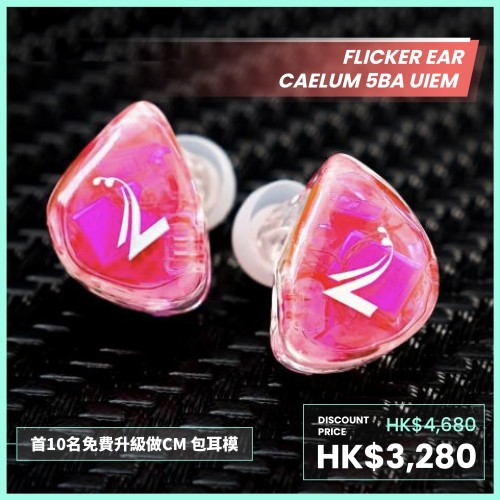

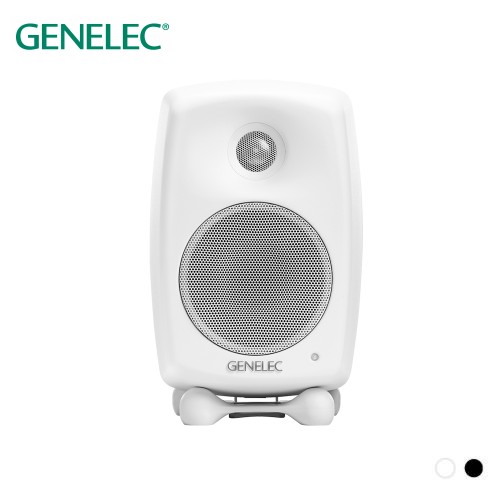
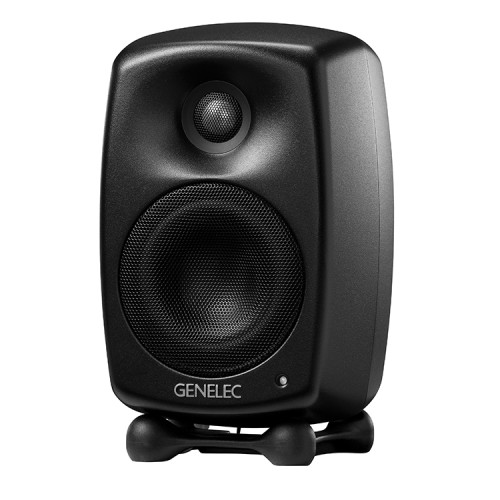
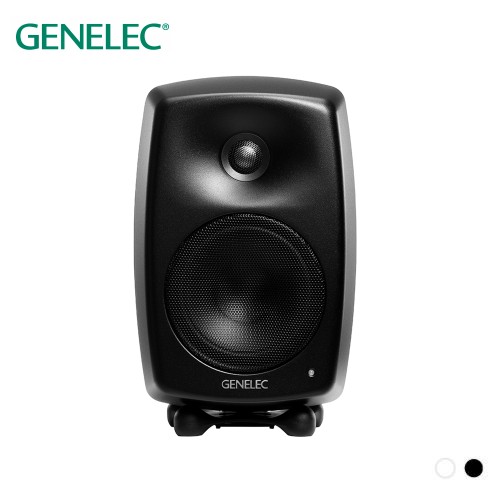
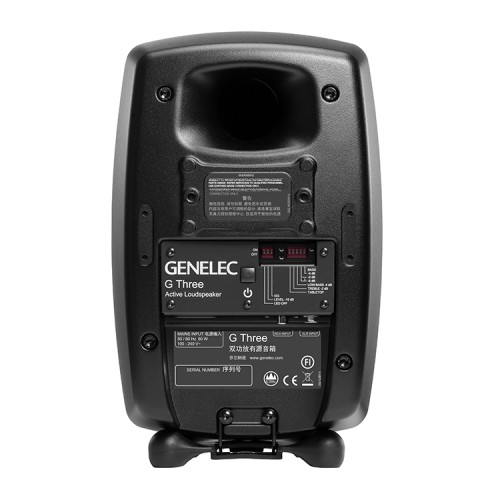
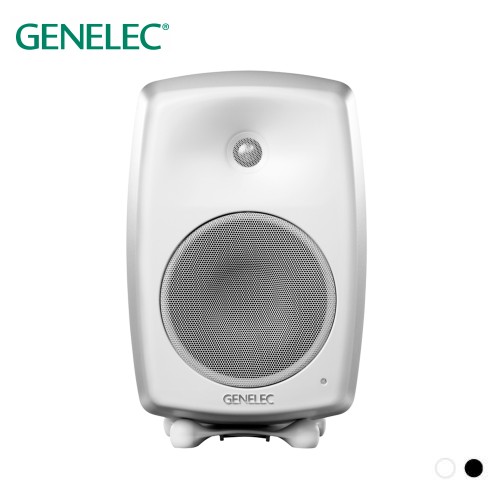
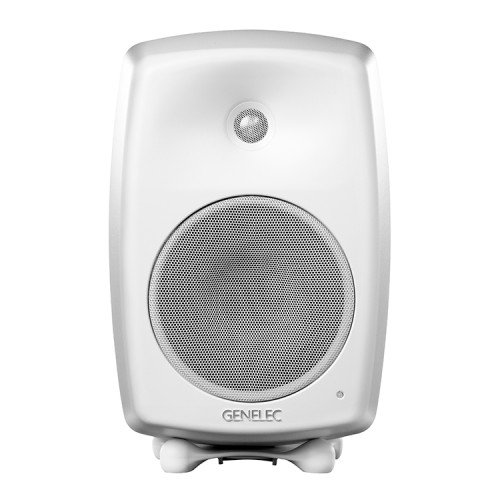
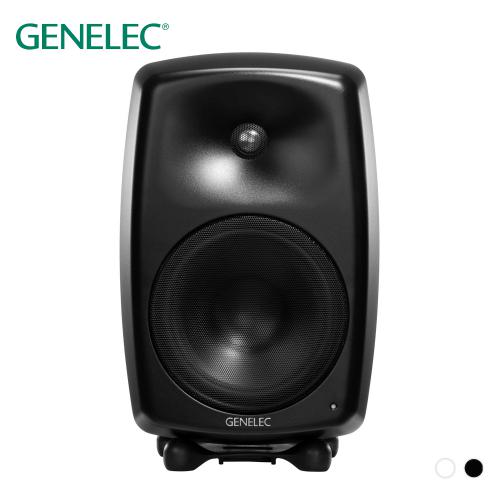
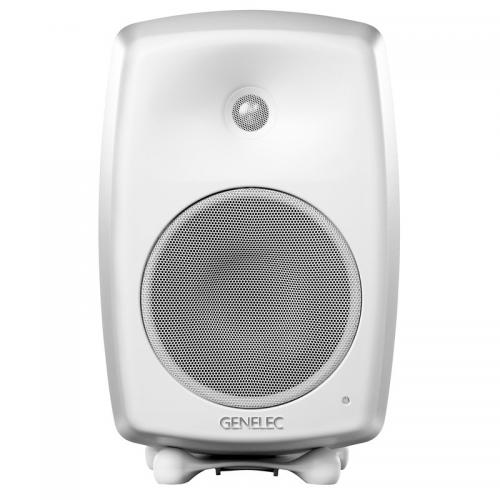
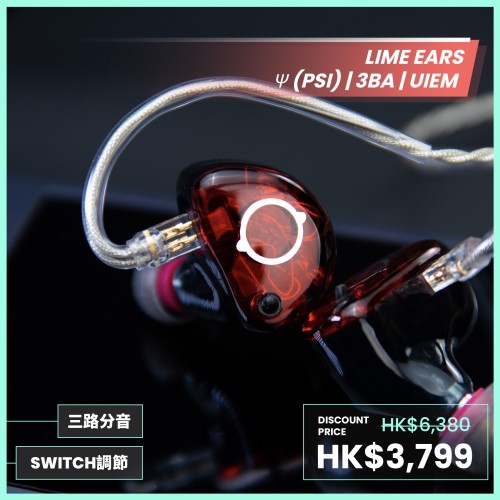


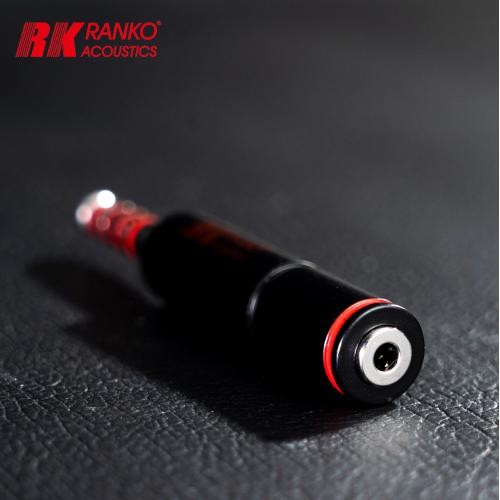

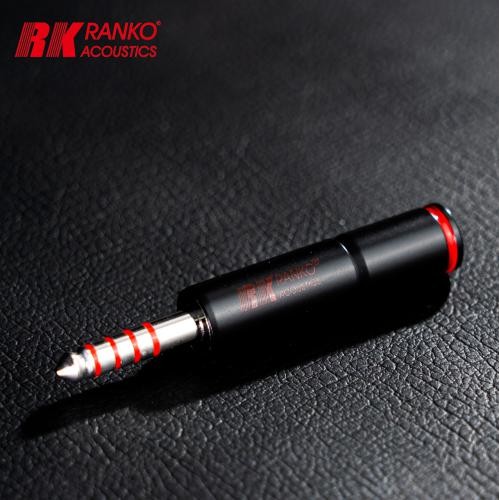
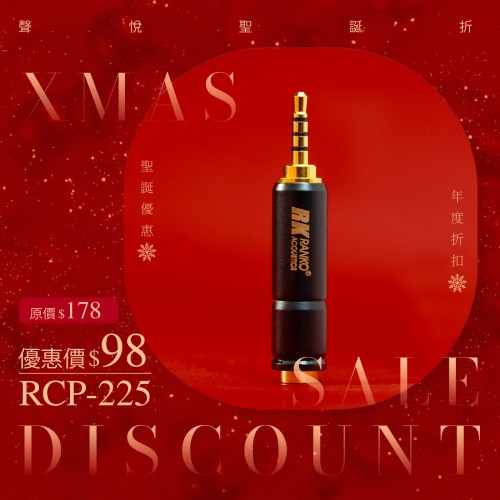
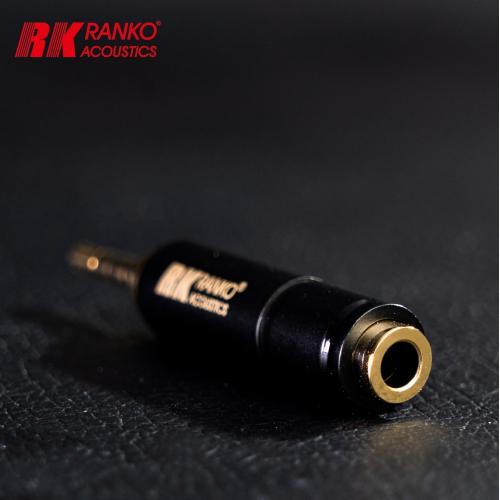
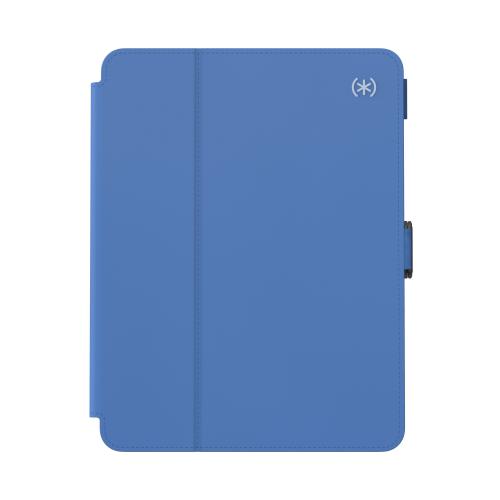
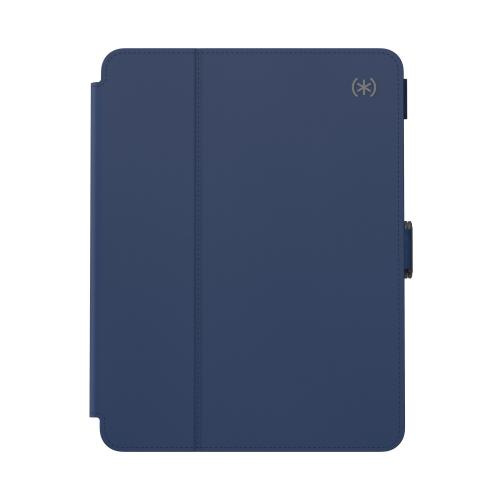


Leave a Comment